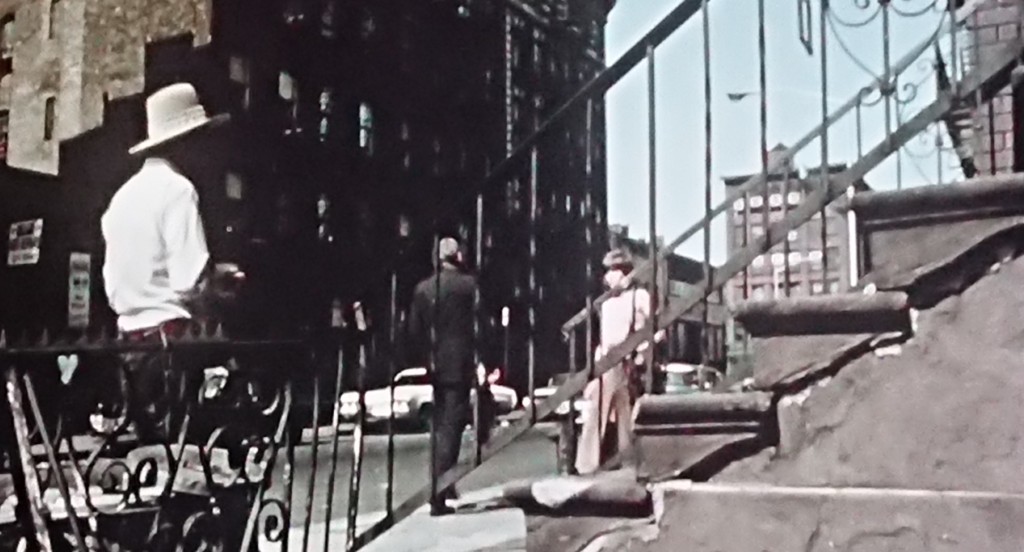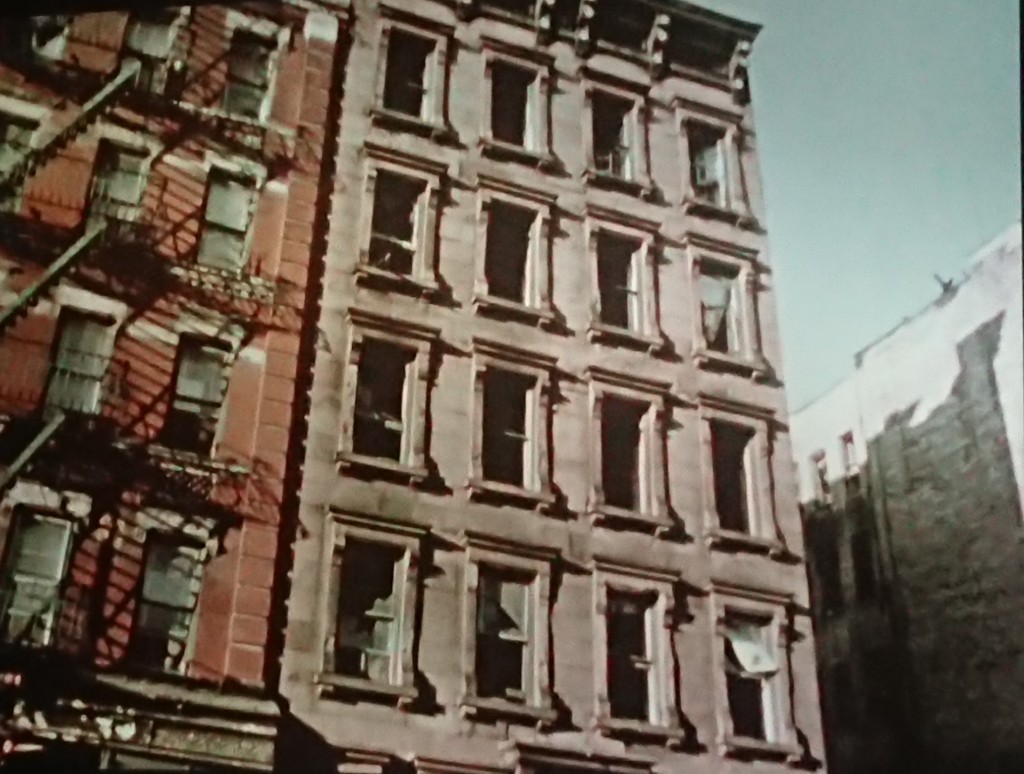
In reading Marshall Berman’s essays on Marxism and his New York life it is possible to think we may indeed lead duller lives in a more sterile world. His vivid prose evokes the sense of personal biography, mixed with theories in search of less alienated lifestyles, to the backdrop of a changing but exciting city. Berman’s New York is a place of revelations, excitement, love and community, just as it is one of hard work, sudden unemployment and other traumas. He makes knowing references to literature that help to make sense of personal fate and, in one such essay, he moves from his close knowledge of Miller’s Death of a Salesman to the recognition that in his own father’s loss of work could be seen a similar evolution of personal alienation and obsolescence. But what is brilliant here is also the offer of a deeper search and realisation that in the work of the early Marx he could understand the rack on which his father had been stretched and ultimately broken. It was, and is, important for us to understand how deeper forces, systems and structures generate personal tragedies and traumas.
Berman’s New York is a place of delight and Sesame Street-like encounters, with good people, a sense of community and a world of fun. It is a place with patina, not the sterile, post-revanchist city of gentrification and zero-tolerance policing (even though this was Trump’s nascent arena). And it is certainly not the world that came later to be scarred by global terrorism or the realisation of new environmental horizons. In this sense it appears a place both passingly familiar but also achingly nostalgic, combined with the sense that we could might never recover or revisit such a city. What Berman highlights is that such a city was both good and bad, a place of winners and losers, community and alienation, change and continuity.
Just the night before reading Berman I watched Alan Pakula’s 1971 film Klute. The film is ground-breaking for all kinds of reasons, not least its bold and apparently liberated central female character. But this New York is also a city of gender terror, silent callers, stalkers and cold corporate life. The brownstone homes that were to be cleaned-up and gentrified from the mid 1990s are shown with broken windows, central city streets are messy, filled with different kinds of bodies, clothes, styles and community life. The physiognomy of the street is uneven, not the more or less featureless ensemble of office workers and the wealthy in more or less matching clothes we find today.
The world of Klute is a colder, harder city than Berman’s recollections, but it also asserts the truth of what runs through his writings – that city life is always in tension, a place of contradictions. Urban life operates as part of an economic system that can produce enlivened, excited and striving social subjects, just as it may also offer a world that destroys, alienates and denudes those same people. But city life should not be seen as just some rich tapestry that displays inevitable horror and beauty, like a Grayson Perry’s rug for the super-rich featuring a homeless man laid out. Instead we need to take up Berman’s challenge to look deeper and work out the operation of the loom that keeps producing these outputs.

